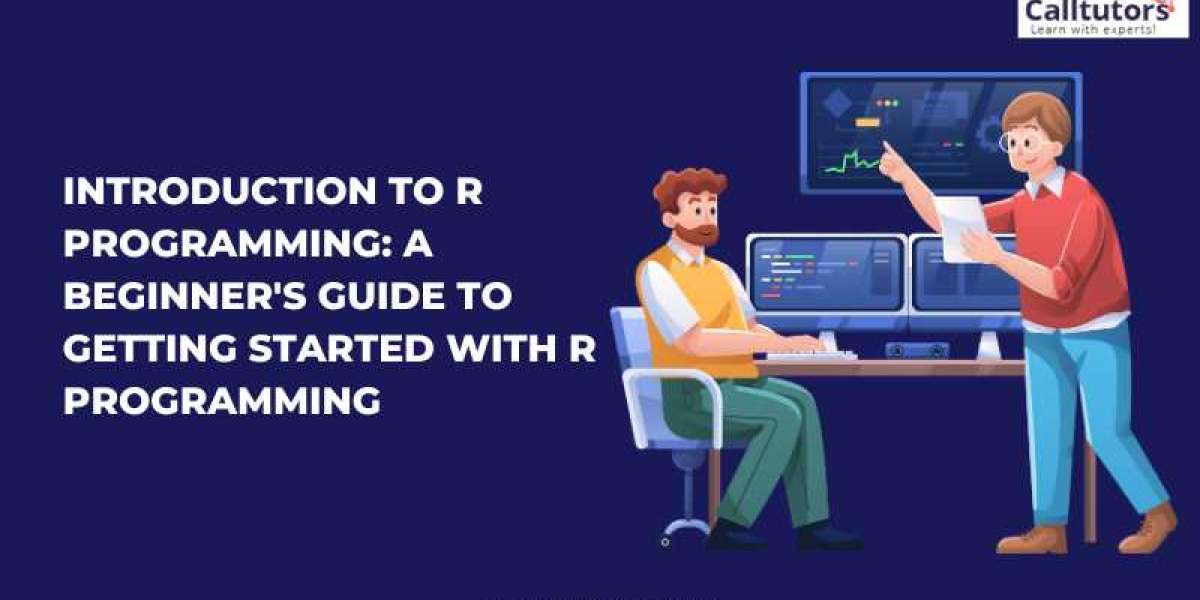Welcome to the exciting world of R programming! If you're interested in data analysis, statistics, and visualization, learning R can open doors to a wealth of opportunities. In this beginner's guide, we'll walk you through the essentials of R programming, from installation to basic syntax, data structures, and more. By the end of this guide, you'll have a solid foundation to embark on your R programming journey.
Note: Looking for R programming assignment help expert? Then hire our professional experts who provide top-notch solutions within the given deadline.
Why R Programming?
R is a powerful programming language widely used in data science, statistics, and research. There are several reasons why R has gained such popularity:
- Vast Community and Packages: R has a large and active community of users and developers. This means you can find a wide range of packages for various tasks, from data manipulation and visualization to machine learning and text mining. The extensive collection of packages makes R a versatile tool for diverse applications.
- Interactive Data Analysis: R provides an interactive environment that allows you to explore, analyze, and visualize data efficiently. You can quickly prototype and experiment with different data analysis techniques, making it ideal for exploratory data analysis.
Setting Up Your R Environment:
To get started with R programming, you'll need to set up your development environment. Here's what you need to do:
- Install R: Visit the official R website and download the appropriate version for your operating system. Follow the installation instructions to complete the setup.
- Install RStudio: RStudio is a popular integrated development environment (IDE) for R programming. It provides a user-friendly interface and additional features to enhance your coding experience. Download and install RStudio from the official website.
R Syntax and Data Structures:
Once you have your environment set up, it's time to dive into the basics of R programming. Here are some essential concepts:
- Variables and Data Types: In R, you can assign values to variables using the assignment operator -. R supports various data types, including numeric, character, logical, and more.
- Vectors: Vectors are the fundamental data structure in R. They can store multiple elements of the same data type. You can create vectors using the c() function and perform operations on them efficiently.
- Matrices and Data Frames: R provides matrices for two-dimensional data and data frames for tabular data. Matrices can be created using the matrix() function, while data frames are created using the data.frame() function.
Working with Data in R:
R offers powerful tools for working with data. Here are some key aspects:
- Data Import: You can import data into R from various file formats, such as CSV, Excel, or databases, using functions like read.csv(), read_excel(), or dbConnect().
- Data Manipulation: R provides packages like dplyr and tidyr for efficient data manipulation. These packages offer functions for filtering, sorting, aggregating, and transforming data.
Data Visualization with R:
Visualizing data is crucial for understanding patterns and communicating insights effectively. R offers excellent visualization capabilities through packages like ggplot2. Here's what you can do:
- Basic Plots: Create basic plots, such as scatter plots, bar charts, and histograms, using simple syntax.
- Customization: Customize the aesthetics of your plots by modifying colors, labels, axes, and titles.
Conclusion:
Congratulations! You've taken your first steps into the world of R programming. In this beginner's guide, we introduced you to the basics of R programming, including installation, syntax, data structures, data manipulation, and data visualization. This foundation will serve as a springboard for your future exploration of advanced concepts, statistical analysis etc.








